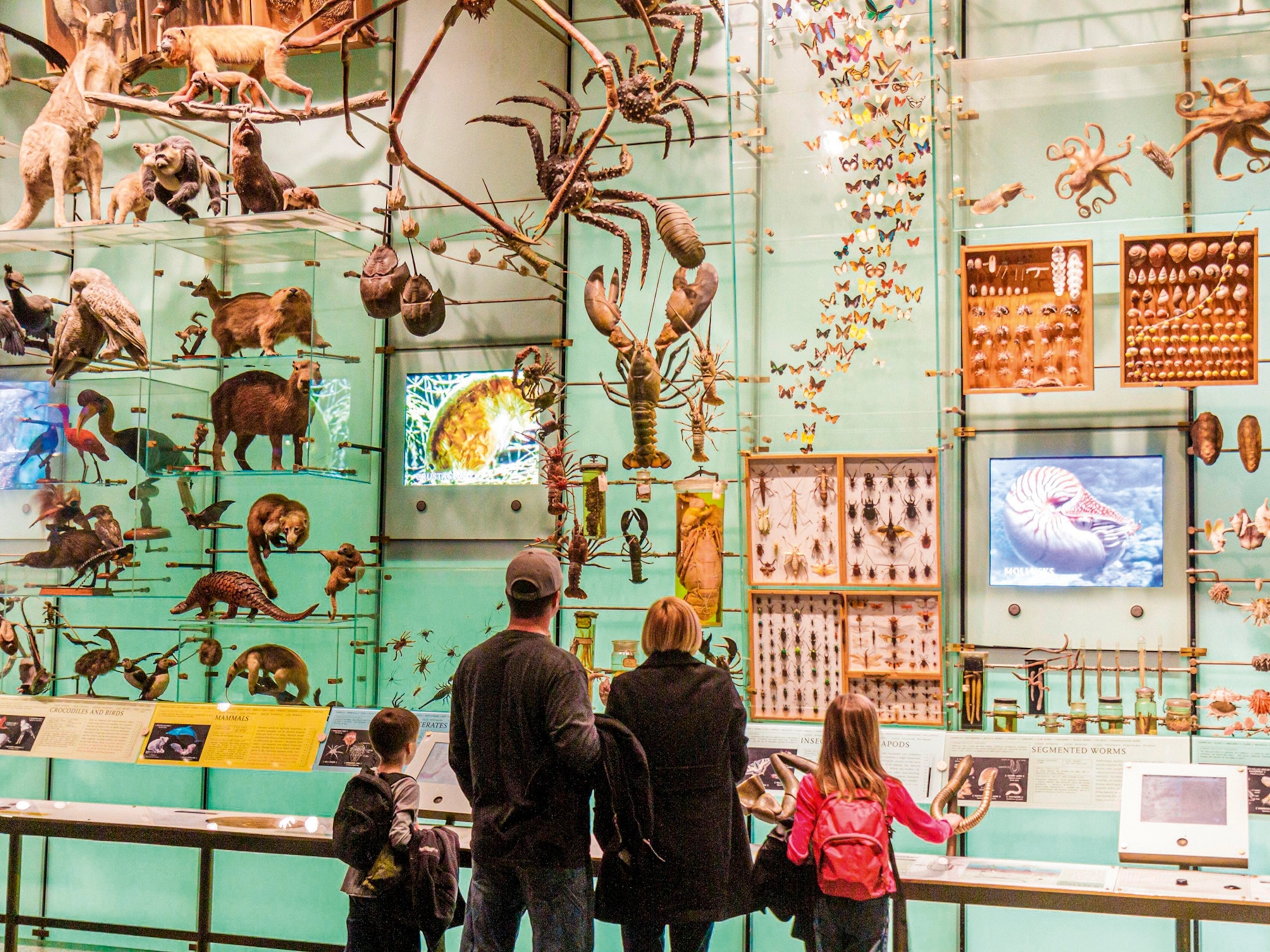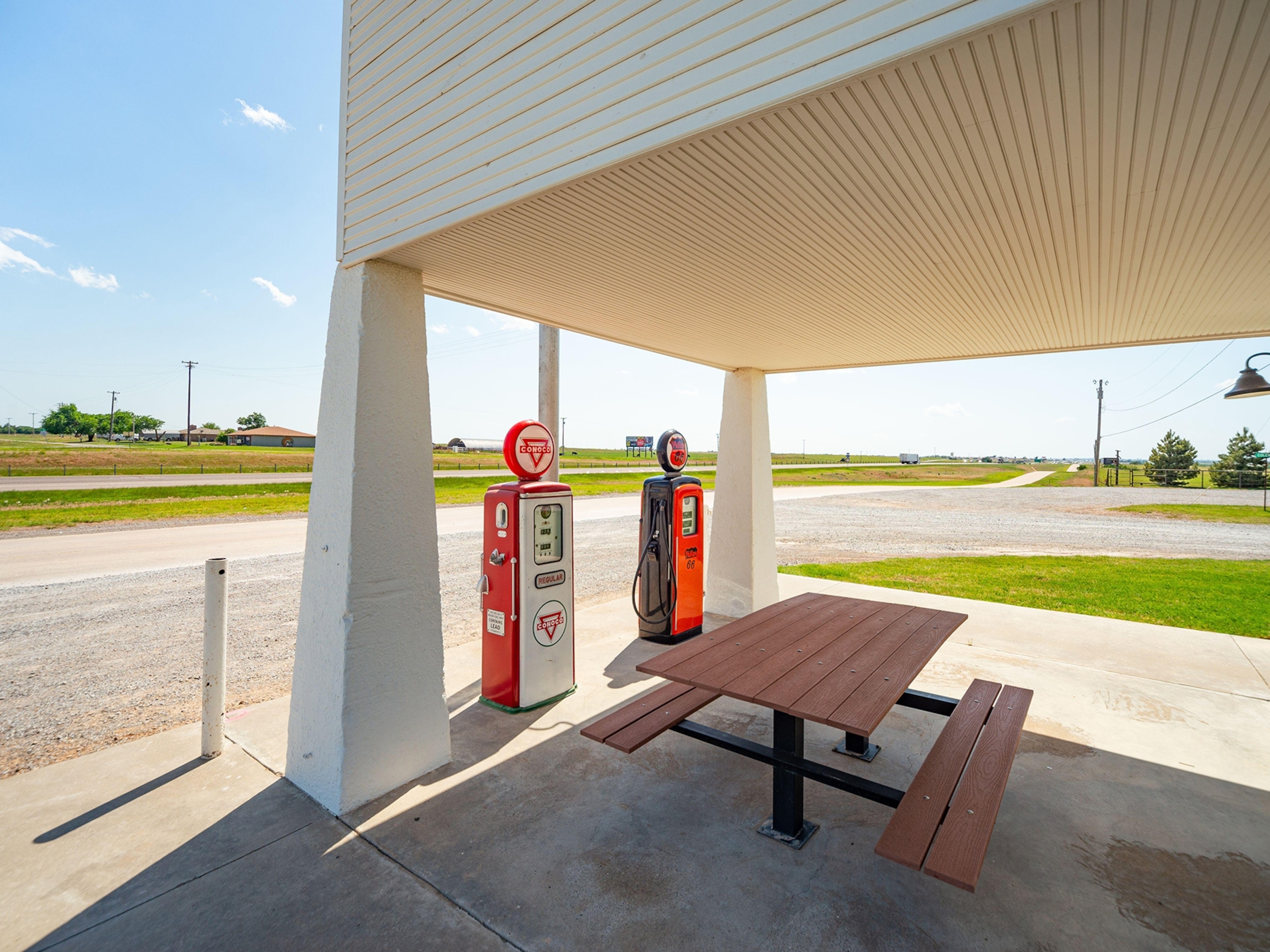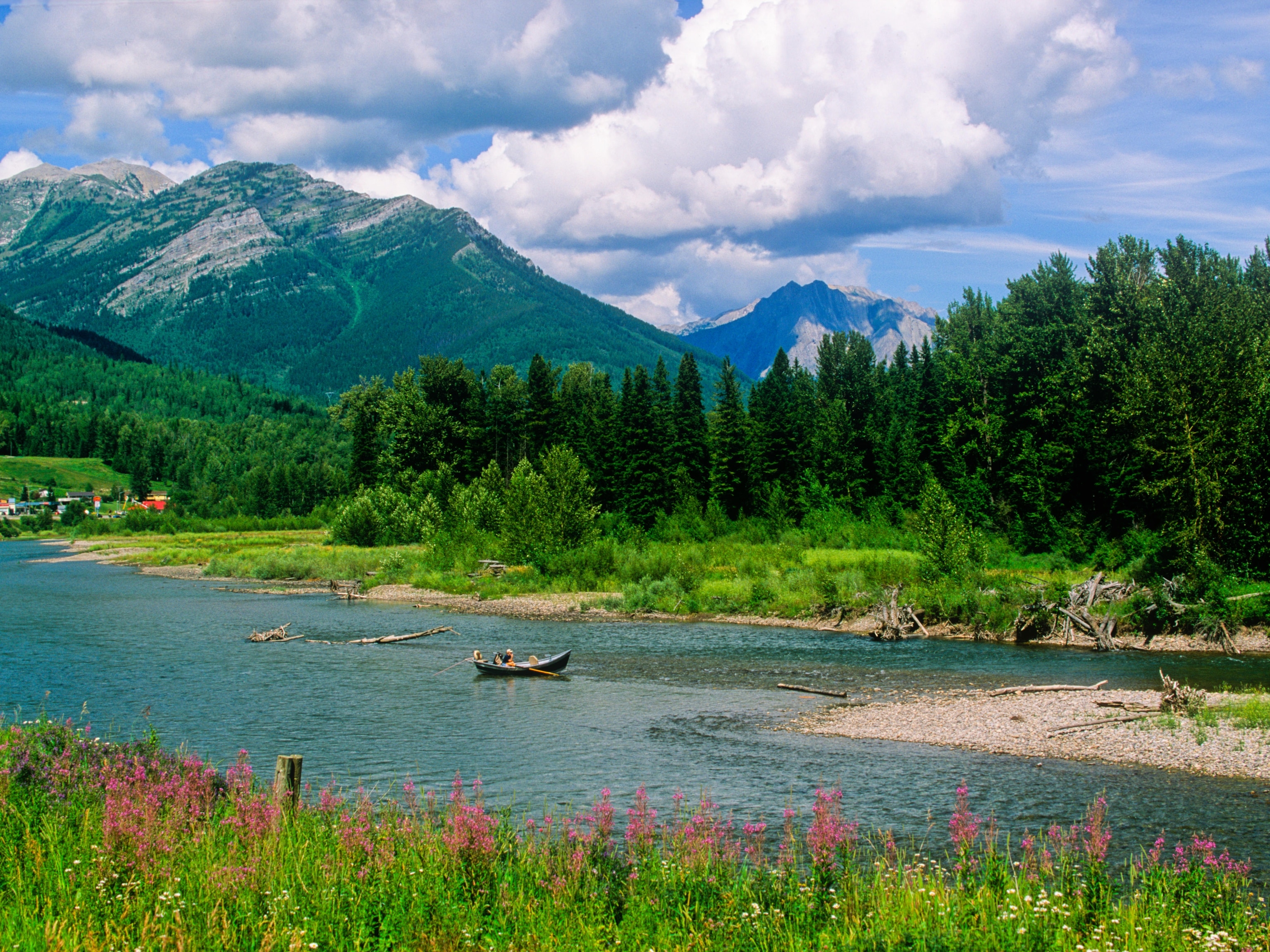
The Ultimate Road Trip: Durban to Drakensberg
The diversity of a road trip through KwaZulu-Natal can be summarised by the four Bs: beaches, bush, battlefields and Berg.
To the north, the beaches of iSimangaliso Wetland Park are among the wildest and most beautiful in the country, teeming with marine life. In the bushveld, conservation hotspots like Hluhluwe-iMfolozi Park offer thrilling Big Five game-viewing, while history buffs will appreciate the Battlefields region, where countless British, Boer and Zulu soldiers lost their lives in bloody campaigns. Heading west, the Berg, shorthand for the mighty Drakensberg Mountains, is the state’s crowning glory — a soul-stirring spectacle, described in isiZulu as a ‘barrier of spears’. The riches and vastness of the landscape lends itself to a 10-day, round-trip excursion from Durban.

1,2, and 3: Durban to Santa Lucía to iSimangaliso Wetland Park
Tear yourself away from Durban’s fusion restaurants and surf beaches and follow the N2 highway north for 149 miles to the small town of St Lucia, the gateway to the UNESCO World Heritage Site of iSimangaliso Wetland Park. An untamed wilderness of savanna, swamp forests, golden dunes, rugged beaches and coral reefs, this is truly the road less travelled: solitude and sensational wildlife-viewing are the reward of those who venture to this remote corner of South Africa.
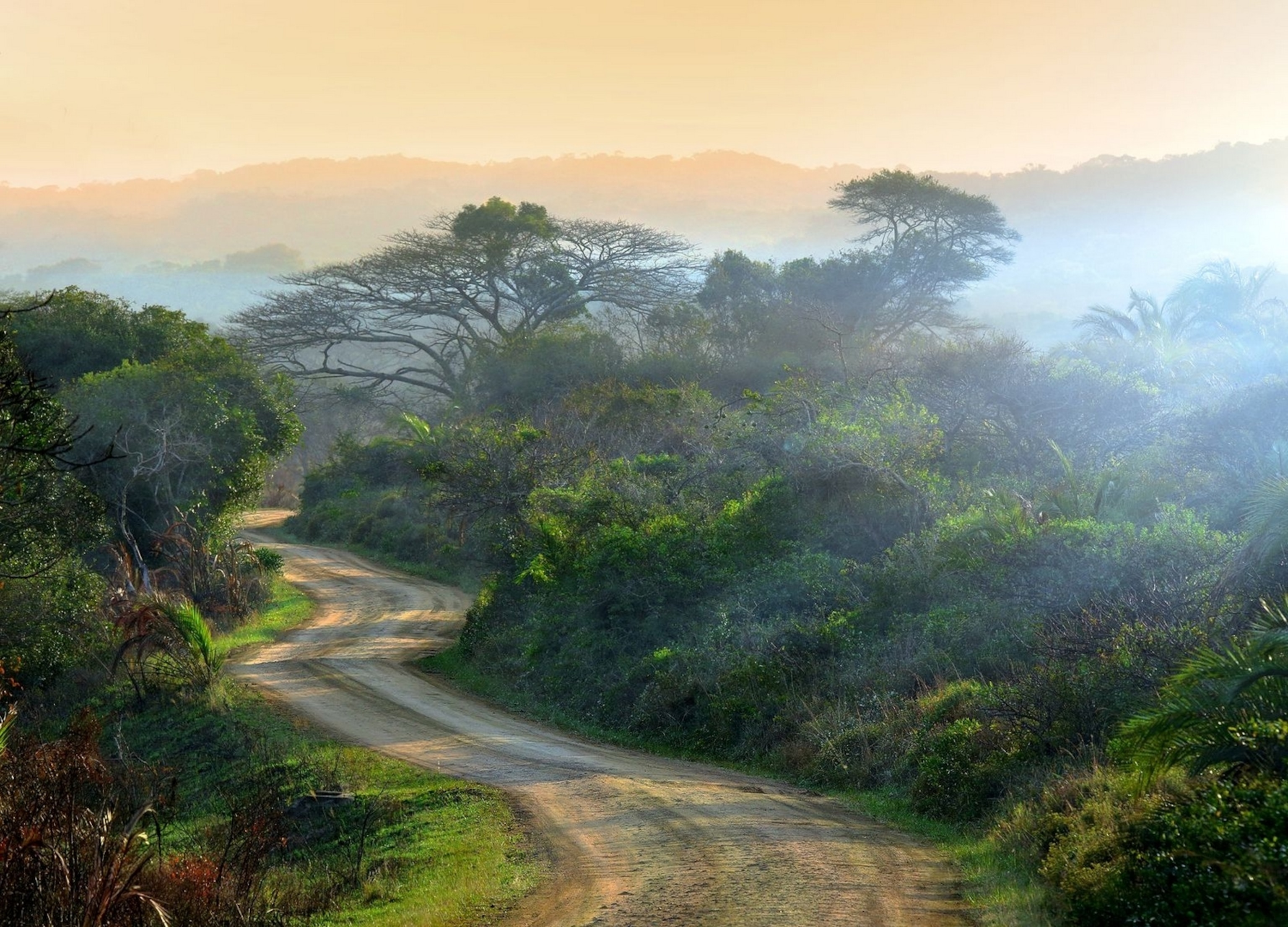
Hang your hat in St Lucia for a few days and take in a spectacular African sunset during a cruise on Lake St Lucia, home to the largest concentration of hippos and Nile crocodiles in Southern Africa. Head out birding on foot along a series of estuary and bush trails; and saddle up for a horseback safari to get up close to zebras and antelopes in the park’s southern reaches. Two of the most accessible beaches are Cape Vidal and Sodwana Bay, both of which offer scuba and snorkelling tours of the thriving reef. Look out for breaching humpbacks between June and November, and nesting turtles between November and February.
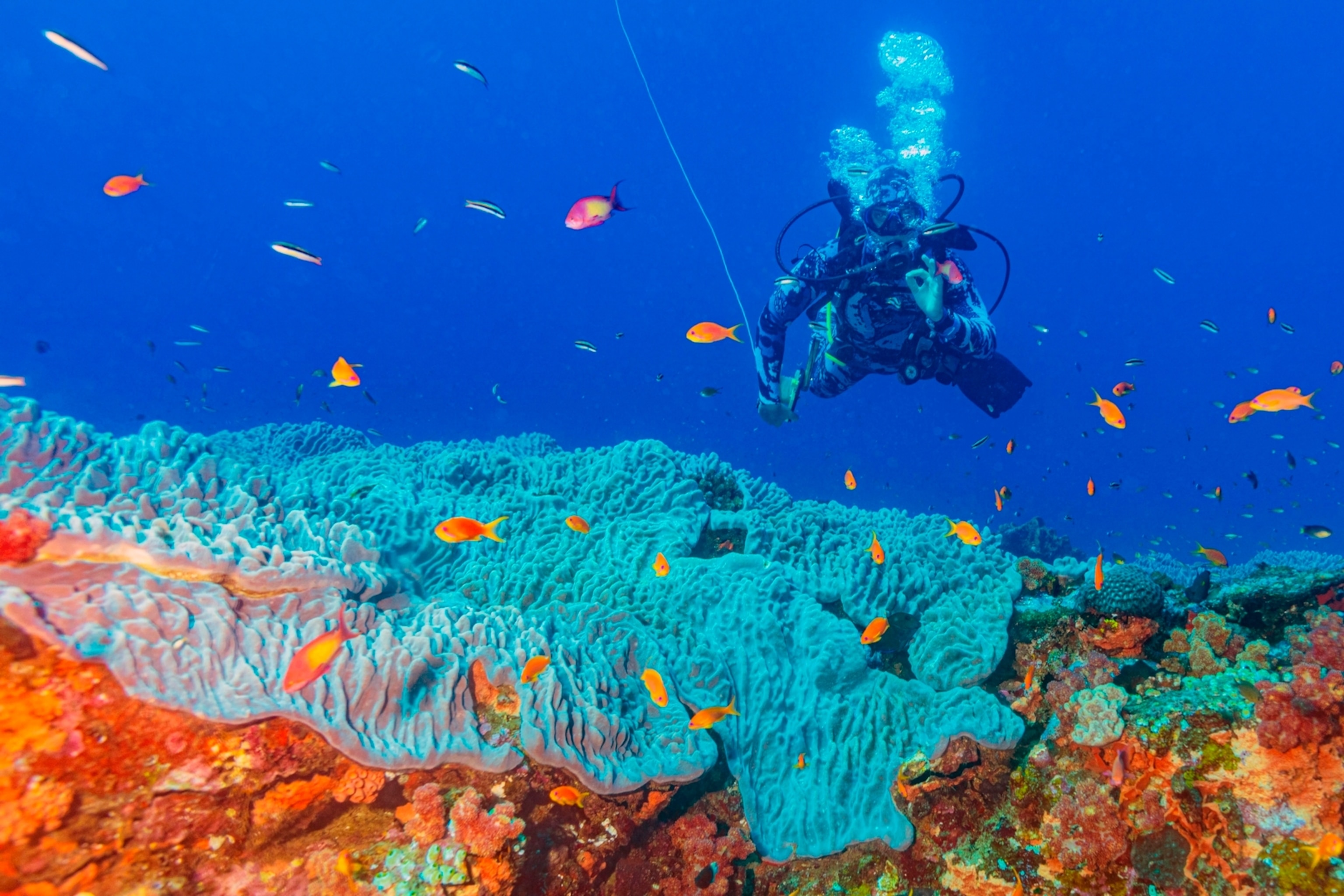
4. Hluhluwe–iMfolozi Park
An hour’s drive along the R618 brings you to Hluhluwe-iMfolozi Park, South Africa’s oldest protected reserve, and home to Big Five self-drive and guided safaris. It’s rolling hills were once the hunting grounds of Zulu kings. Today, it’s famous for its conservation; it was here that the white rhino was coaxed back from the brink of extinction, and the park has the second largest population of this rare mammal, after Kruger National Park.
5. Dundee
Part of the bloody struggle between the British, Boers and Zulus that played out across KwaZulu-Natal in the 1800s and early 1900s, several notable battles took place in the region surrounding the town of Dundee (143 miles west). Enlist the services of a guide for a day of sensational storytelling among gnarled rock formations and grassy plains where war cries once rung out. Hear how Zulu warriors armed with only assegai spears overpowered British invaders at Isandlwana; about the 130 British troops that held Rorke’s Drift — a battle that earned more Victoria Crosses that any other in history; and the roles of Mahatma Gandhi and Winston Churchill in the historic Spioenkop campaign.
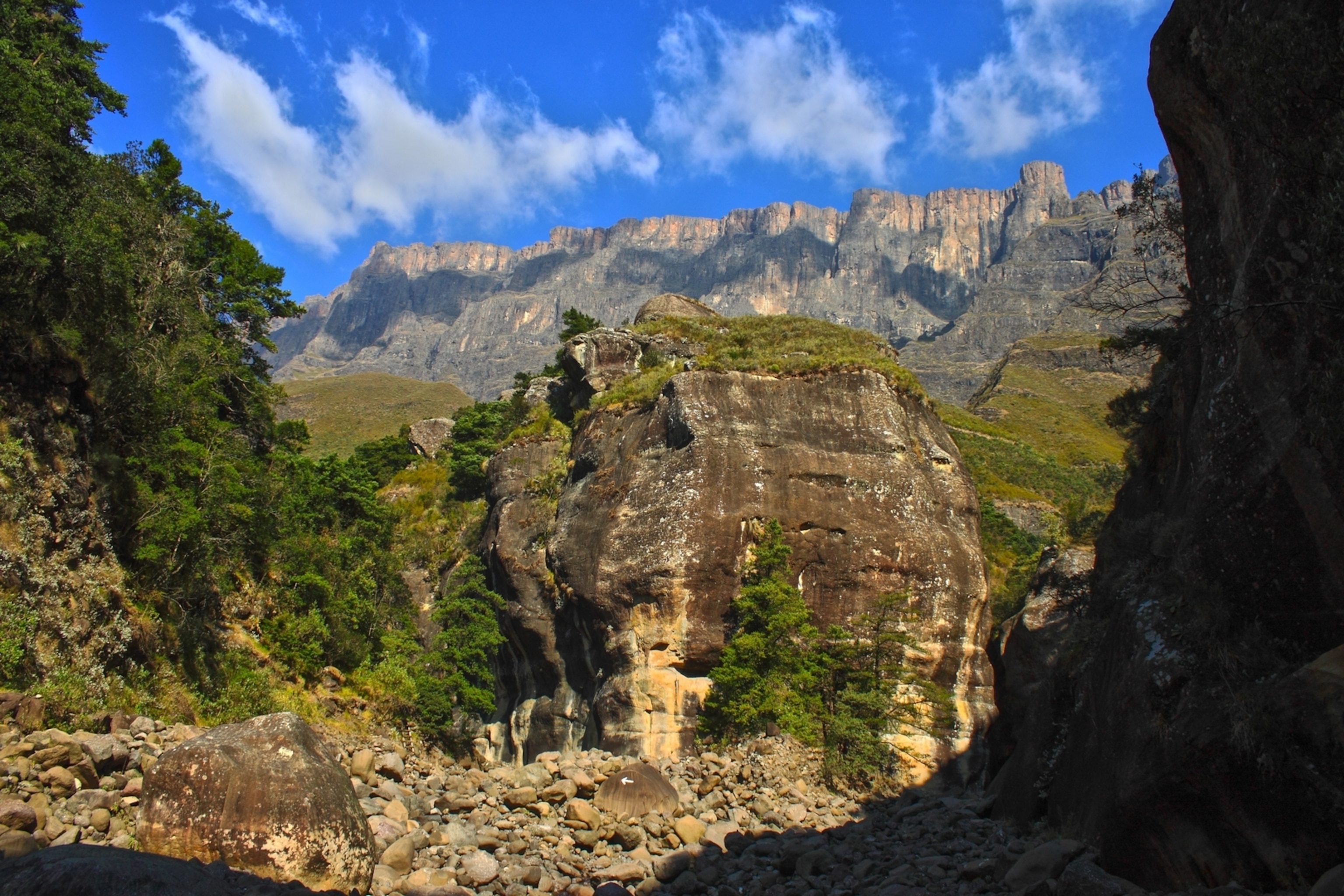
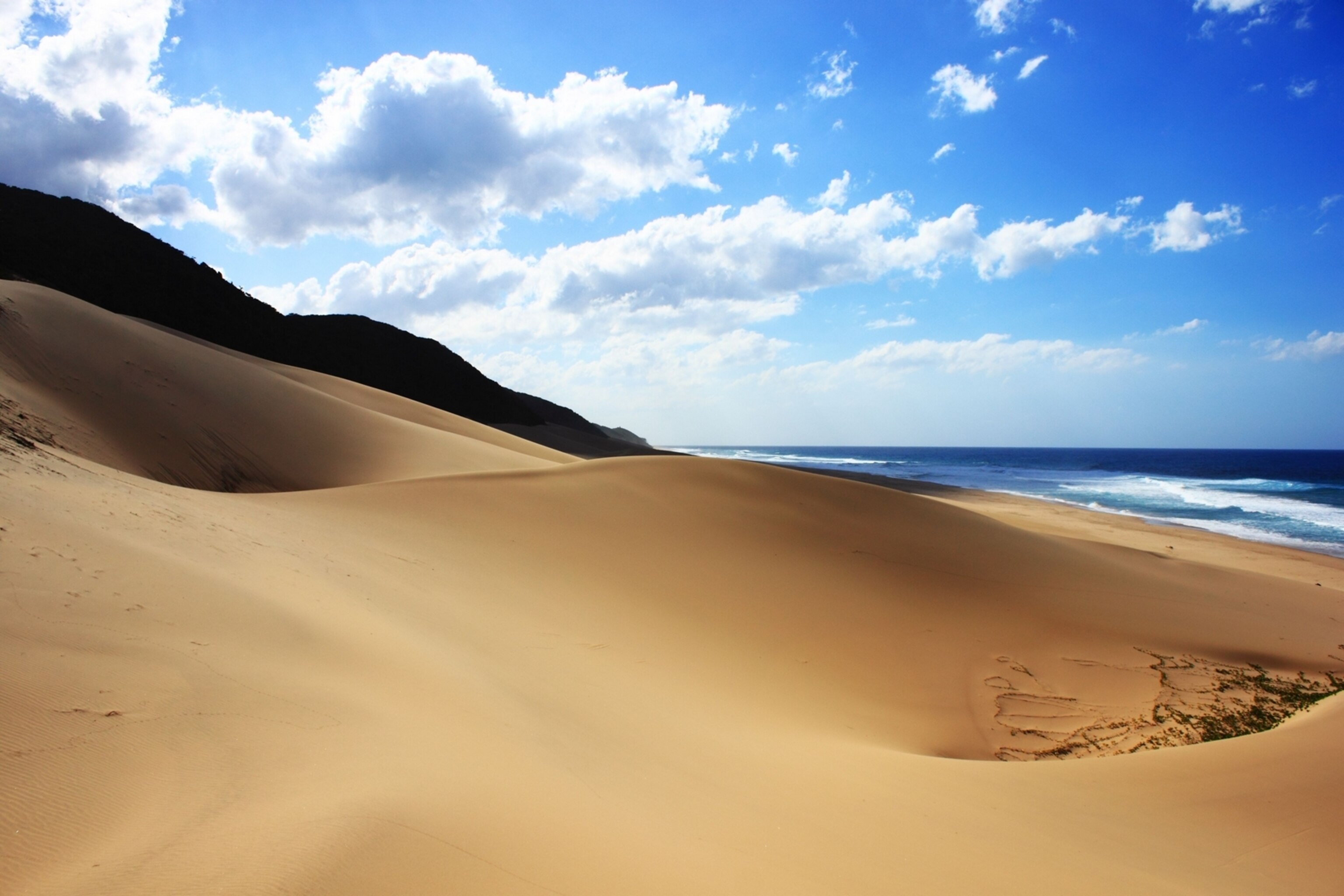
6, 7: Royal Natal National Park to Giants Castle Game Reserve
To the south west lies Southern Africa’s highest mountain range, the mighty Drakensberg. The sublime landscape of the region invites road-weary travellers to reconnect with nature. While some hiking routes meander through the valleys, others require a head for heights. In Royal Natal National Park (143 miles from Dundee), the Chain Ladders day-hike ascends the Sentinel massif — part of an iconic formation known as the Amphitheatre — to look out over Tugela Falls, the second-highest waterfall in the world. Another popular scramble is Cathedral Peak in Giants Castle Reserve (93 miles from Dundee) in the Central Berg, which should only be attempted with the services of a guide. Spend a few days recalibrating in a comfortable mountain lodge, taking in the scenery on horseback, via zip-line, from a hot air balloon or helicopter.
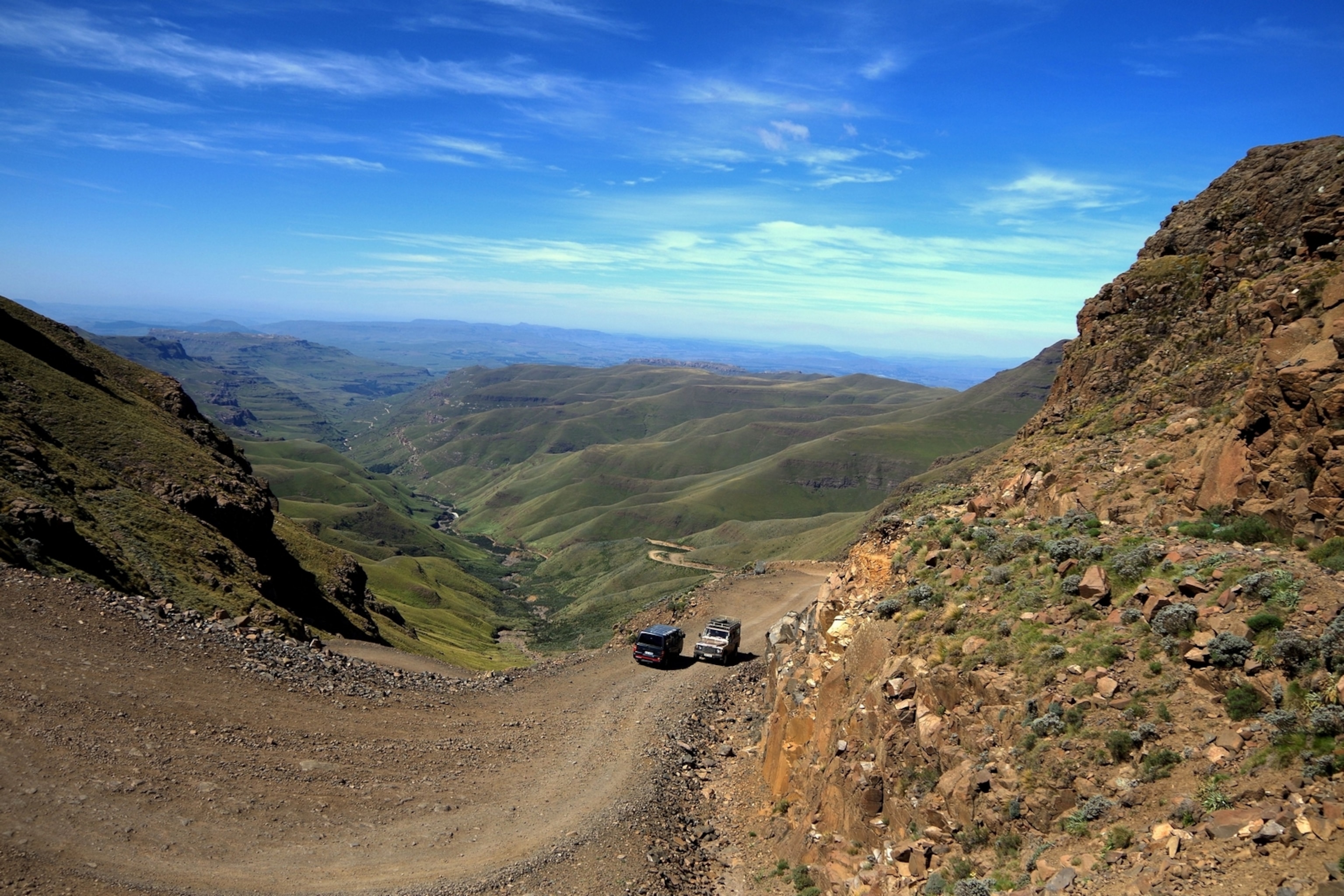
8. Sani Pass
Adventurous road-trippers may wish to upgrade to a 4×4 and tackle the gravel switchbacks of the Sani Pass, leading from the Southern Berg into Lesotho. Otherwise, exit the Drakensberg region and rejoin the N3 highway to return to Durban (155 miles). The last leg of the road trip takes in lush pastures and traditional villages of rondavel huts, and can be dipped into or explored over several days using the resources of the Midlands Meander, an initiative that directs travellers to local artisans, restaurants and welcoming farmhouse-hotels between Mooi River and Hilton.
Plan your South African adventure today. Discover more
Arrival airport: King Shaka International Airport, Durban
Destination: Durban
The route: This round-trip route from Durban covers around 560 miles, taking in iSimangaliso Wetland Park, Hluhluwe-iMfolozi Park, the Battlefields, the Drakensberg Mountains and the Midlands. The majority of roads are well-maintained and a 4×4 vehicle isn’t necessary, even for a self-drive safari in Hluhluwe-iMfolozi Park (although heed local advice following heavy rains).
When to go: KwaZulu-Natal is a year-round destination. The winter months of April to July see clear days, cool nights and highs of 25°C, while the summer period of November to February is characterized by humidity and some rain.
Driving tips: Avoid driving after dark as regional roads can be bumpy and poorly lit, and you run the risk of encountering stray livestock.

